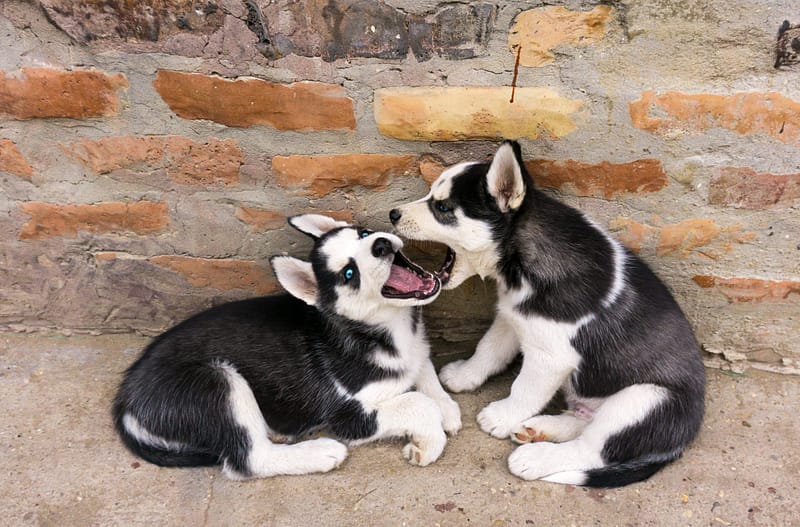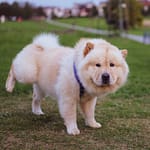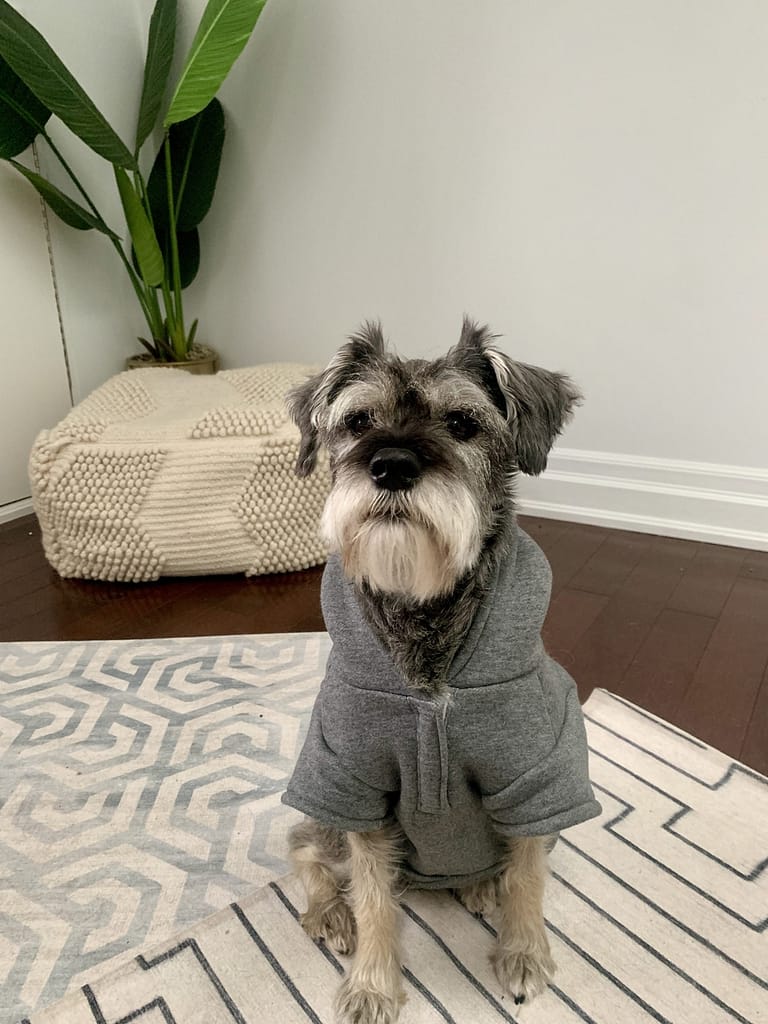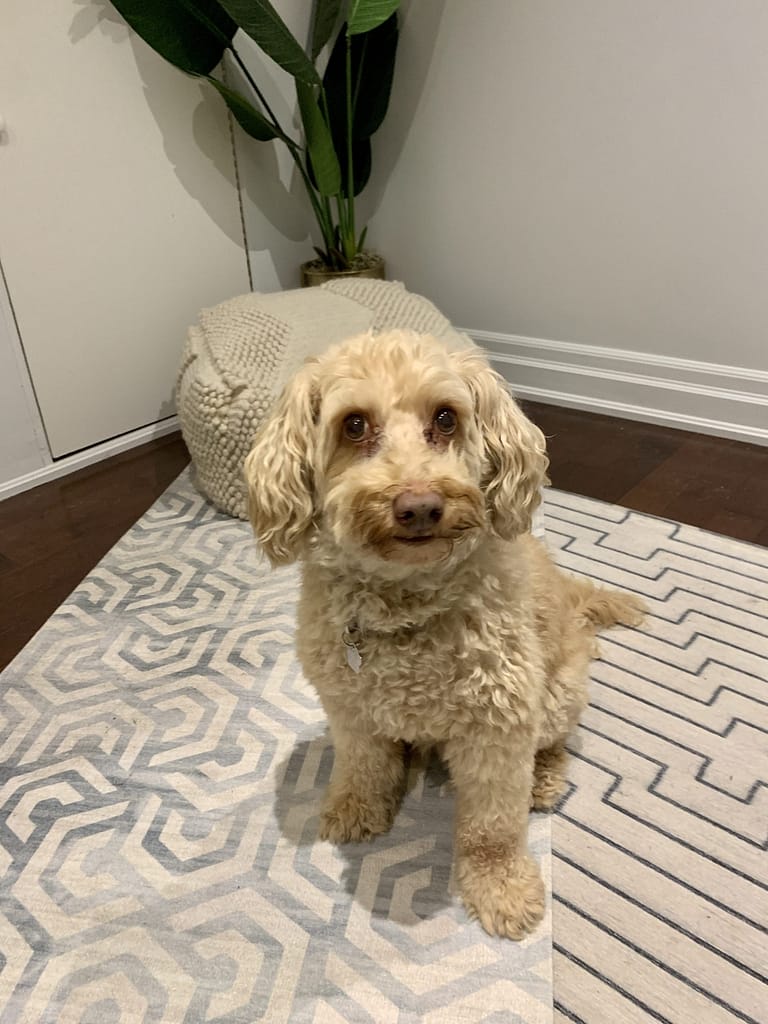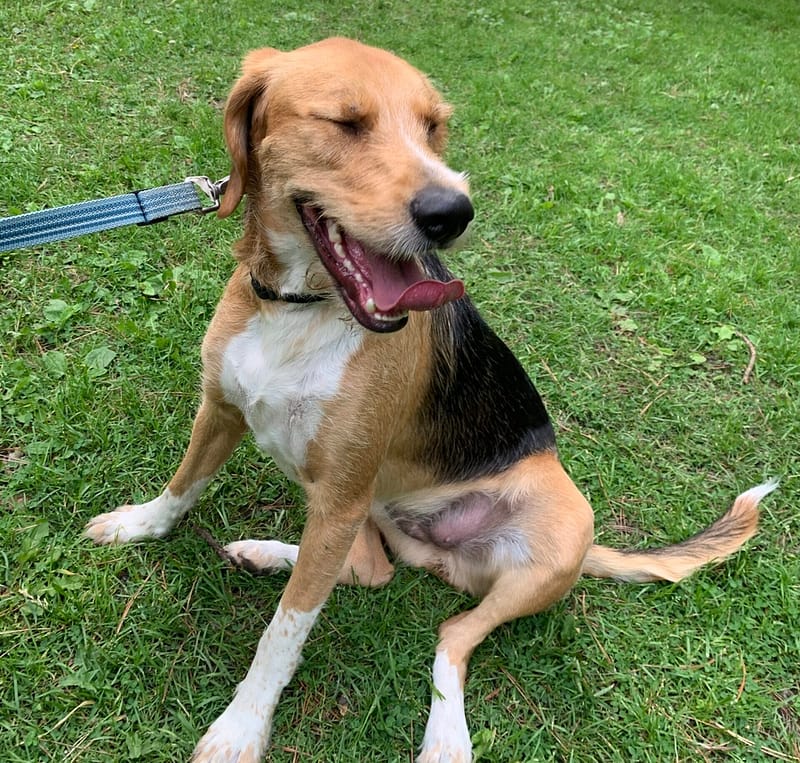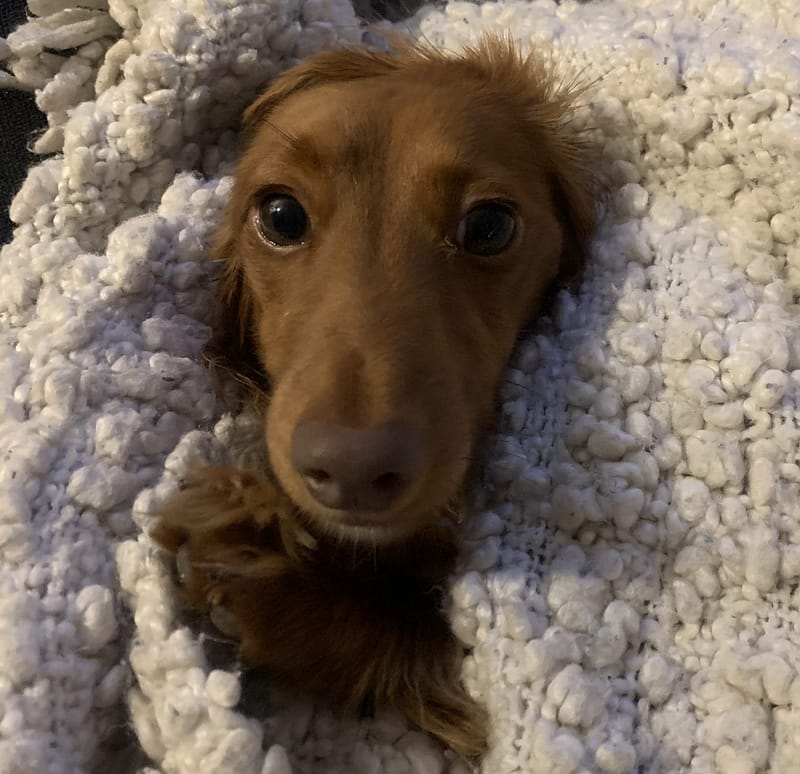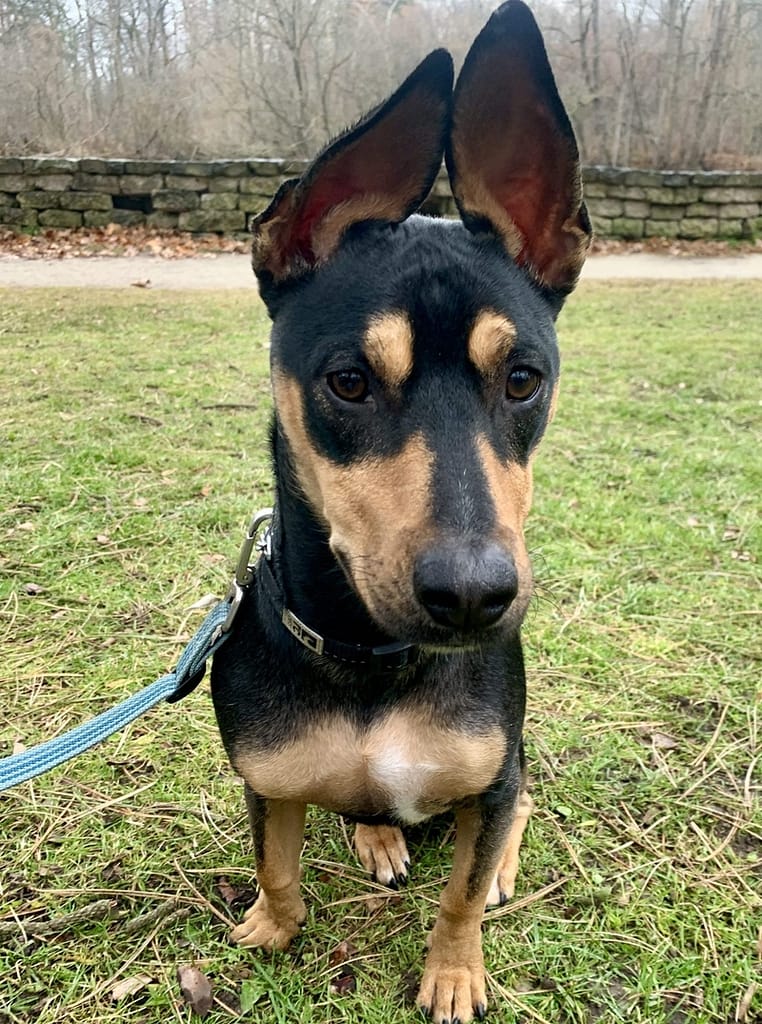Your dog is doing the best they can with the information you are providing. Socialization is a vital part of this information dissemination. Our dogs are constantly getting exposed to a wide variety of stimuli, regardless of whether we intend for that to happen. Dog socialization is likely to be a lifelong process for you and your dog, but it is most effective when started early.
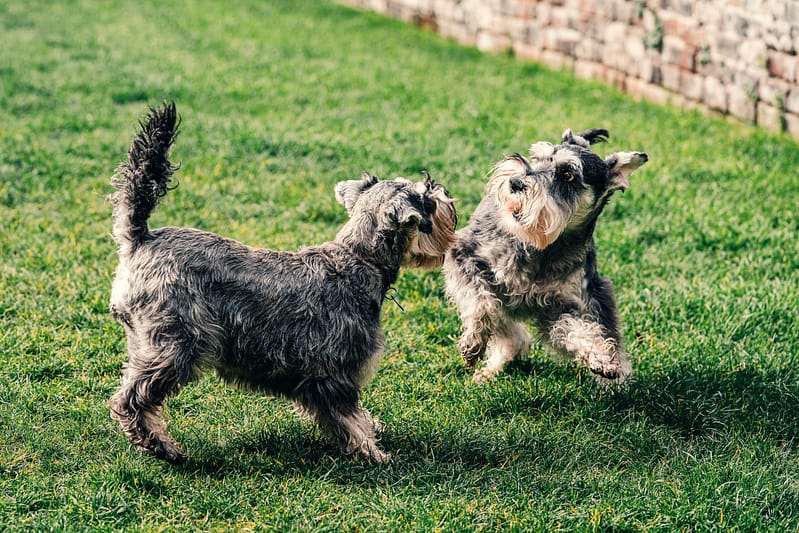
What exactly is puppy socialization?
Puppy socialization essentially means exposing your puppy to a variety of stimulus, both living and non living and enabling them to accumulate the information about the world they are living in. From a broader perspective, there are two essential aspects of puppy socialization – Primary socialization, where they learn to become a dog and secondary socialization, where they learn to live and respond appropriately to the environment they are living in.
The former is learnt by puppies majorly through their mothers and siblings. The latter is highly dependent on the circumstances and the environment they are raised in and is highly associative, meaning, puppies learn by making connection between two events.
Puppy socialization age window...
During the first three months of their life, a puppy’s mind is like a clean slate. They are particularly open and responsive to learning and retaining information, experiences, and events that they encounter during the first 13 to 16 weeks after birth.
By the time they reach 16 weeks, they will have formed a perception about the environment they are living in. This perception could be positive or negative. Once this perception is formed, any effort to change it would not be considered as socialization, but desensitization.
5 tips to socialize a puppy
1. Keep it positive
This one’s a no brainer! Majority of the socialization that happens in a puppy’s course of life is secondary socialization, meaning, there will be a lot of associative learning. Keeping the outcome of uber positive with treats, toys, play etc. will help build a positive association with every experience and interaction that the puppy will have.
Make sure to reward the right response. It is okay to comfort a scared or a nervous pup, but reserve the high value treats for the times when the puppy shows willingness to interact and be calm and confident in novel situations.
2. Take things at your puppy’s pace
During the process of training and socializing a young pup, it is crucial to proceed at a pace that the dog is comfortable with, else the whole exercise may get overwhelming for them. Even when your puppy seems to be enjoying themselves in a certain situation, make sure to take multiple breaks prevent overstimulation. Slow it down from time to time and allow your puppy to catch up.
During the first few weeks of your bringing your puppy home, it is natural to want to take them everywhere with you and set a healthy socialization routine. However, it is equally important to take a couple of days off in between and prioritize downtimes for the pup. This will help them retain information better while making sure they grow up to be calm and confident canines.
3. Be observant of your puppy’s body language
Your puppy is always communicating with you, whether you notice it or not. Your puppy will have a reaction and an emotional response to everything that is happening around them, especially when they are experiencing it for the first time.
If your puppy is comfortable in a certain scenario, they will let you know by engaging in play, soft tail wags and relaxed body language. If they are scared or nervous, they will project it through a tucked in tail, avoidance (running away or hiding), barking and other signs of fearfulness. Being observant and responding to these subtle communication signs will help make socialization outcomes positive thereby strengthening the human-canine bond.
4. Never force your puppy to interact
In a conflicting situation, living beings (including humans) will have either of the Flight or Fight response which is dictated by their survival instincts. When puppies encounter a scary situation, they will almost always choose the Flight option first. It is when that option is unavailable, they proceed to Fight to protect themselves.
If a certain person, animal, sound or sight scares your pup and they choose to back off, it is critical to let them do so. Forcing them to interact will end up scaring them even more and will adversely affect their ability to open up to novelty.
5. Encourage your puppy to play
When puppies play, their brain releases positive endorphins that create joy and happiness. This plays a vital role in puppies perceiving and remembering an experience as positive and fun. This is essentially why they get excited as soon as they approach the park they frequently visit.
Carry toys with you when you take your puppy to new places and encourage them to play in order to help them relax quickly. You can also throw some of their favorite treats on the ground and let them find it. This will encourage sniffing and exploring, activities that are known to help them get familiarized to new environments.
Puppy socialization brief checklist
The primary goal of puppy socialization is to expose your puppy to as many stimuli as possible in a way that doesn’t scare or overwhelm them. Having a checklist will help add diversity and enrichment to your training. Here are a few stimuli you must include in your socialization checklist –
- People – People of all ethnicities, genders, sizes, age, people wearing various types of clothing and accessories like hats, caps, bags, jackets, people on wheelchairs, people running, walking, skating, cycling etc
- Sounds – Vacuum, traffic, doorbell, dogs barking, utensils, thunderstorms, fireworks, people talking, yelling, crying, laughing, etc.
- Places – supermarkets, retail stores, other people’s houses, water bodies, trails, traffic jam, hospitals, schools, parks, day cares, boarding facilities, grooming salons, etc
- Animals – dogs, cats, rodents, bunnies, horses, poultry, etc
- Surfaces – concrete, metal, grass, mud, sand, wooden floors, marble tiles, bridges etc
Socialization, when done correctly, is an enriching experience that every puppy must have because it involves all the senses – sight, sound, smell, taste, and touch. These interactions are critical in shaping the kind of dog your puppy would grow up to be. Make sure to keep these sessions short, positive and versatile.


